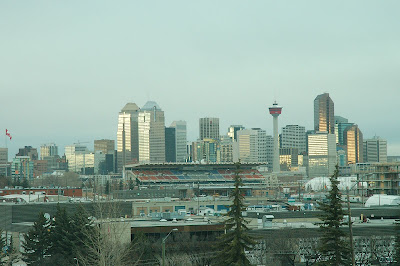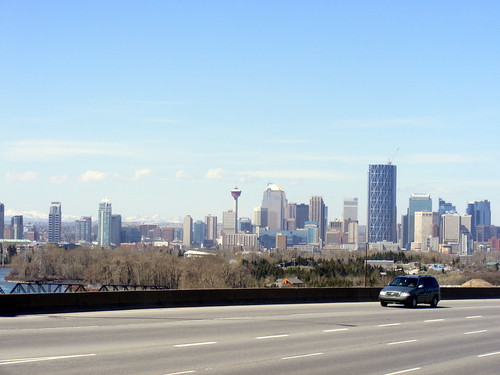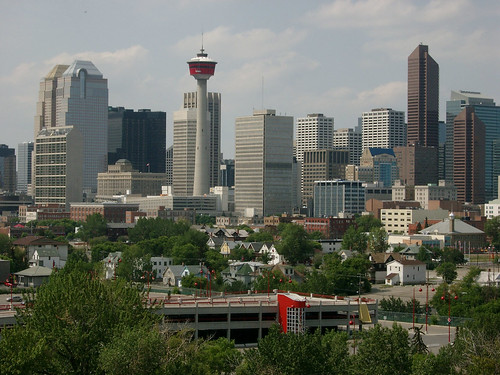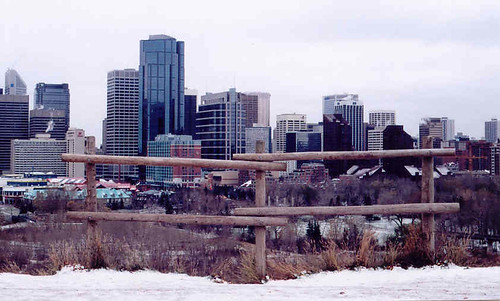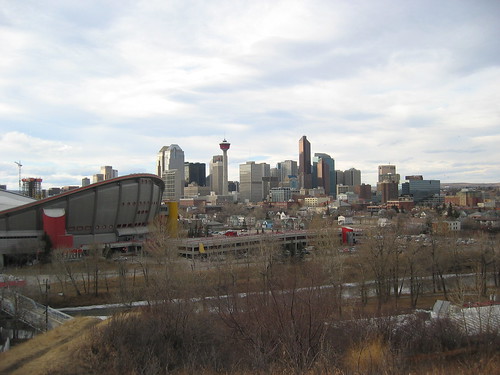by Silvia Ruppenthal, Ruth Limmer, and Wolfgang Bonß
When we look at political and societal development, it appears that the mobility demands on workers have increased. This increase is visible worldwide and especially in Europe and consequently in Germany as well. From a political point of view, the barriers to mobility should be decreased on the international level in the course of European unity and social cohesion as well as international migration should be enhanced1. Increased job mobility would essentially help contribute to cultural integration, competitiveness on the world market and the dismantling of social inequality. Employees should foll
ow the flow of money, goods and other transfers to allow for an optimal allocation of workers (for the legal basis of the European job market see Berthold & Neumann, 2004). Highly-qualified workers and management personnel as carriers of knowledge and specific cultures are to strengthen the economy in a knowledge based society on a European level. Concomitant problems, for instance the differences in educational degrees, will thus become an ever more important topic and must be reduced (about inequality and non-transparency of educational degrees in the European Union see, for example, List, 1996 or the anthology of Mytzek & Schömann, 2004).
As on the European level, German politics likewise tries to support job market mobility. For the most part, the debate about the necessity for more mobility in the job market substantially focuses on the process of equalisation between east and west and the problem of unemployment2. The current opinion is that we can fight unemployment in particular by changing jobs (Zühlke, 2000) and by increased inter-regional mobility (Büchel, Frick, & Witte, 2002). Instead, for instance, the basic conditions for the unemployed were altered. To achieve this goal, the sum of 180 million Euro allocated to unemployment offices for “mobility assistance” in 2003 has almost doubled compared to 2001. Comparing these two years, we find that the number of persons, who used this support has also increased by about 75% to 290,000. This increased use of support is also related to the changed criteria of burden. According to the new guidelines, unemployed persons can basically be required to either move, have dual households or commute up to 2.5 hours daily (for full time positions) when starting a new job. Exceptions can only be made for the care of children or other family members.
A special issue with respect to the basic economic conditions of job mobility is the travel expense tax write-off3. This so called ‘Pendlerpauschale’ compensates for travel expenses between home and regular place of work and can be claimed on tax returns. For each full kilometre driven, employees can claim 0.30 Euro on their tax returns. Starting in 2007, however, this tax break will only be granted for travel distances over 20 kilometres. National savings are the goal of this change. An additional regulation that provides financial compensation for expenses with respect to certain living arrangements is the tax reduction for dual households. A result of this reduction is relief for people who live, for instance, in a long distance relationship.
As on the European level, German politics likewise tries to support job market mobility. For the most part, the debate about the necessity for more mobility in the job market substantially focuses on the process of equalisation between east and west and the problem of unemployment2. The current opinion is that we can fight unemployment in particular by changing jobs (Zühlke, 2000) and by increased inter-regional mobility (Büchel, Frick, & Witte, 2002). Instead, for instance, the basic conditions for the unemployed were altered. To achieve this goal, the sum of 180 million Euro allocated to unemployment offices for “mobility assistance” in 2003 has almost doubled compared to 2001. Comparing these two years, we find that the number of persons, who used this support has also increased by about 75% to 290,000. This increased use of support is also related to the changed criteria of burden. According to the new guidelines, unemployed persons can basically be required to either move, have dual households or commute up to 2.5 hours daily (for full time positions) when starting a new job. Exceptions can only be made for the care of children or other family members.
A special issue with respect to the basic economic conditions of job mobility is the travel expense tax write-off3. This so called ‘Pendlerpauschale’ compensates for travel expenses between home and regular place of work and can be claimed on tax returns. For each full kilometre driven, employees can claim 0.30 Euro on their tax returns. Starting in 2007, however, this tax break will only be granted for travel distances over 20 kilometres. National savings are the goal of this change. An additional regulation that provides financial compensation for expenses with respect to certain living arrangements is the tax reduction for dual households. A result of this reduction is relief for people who live, for instance, in a long distance relationship.
more about Germany:


















